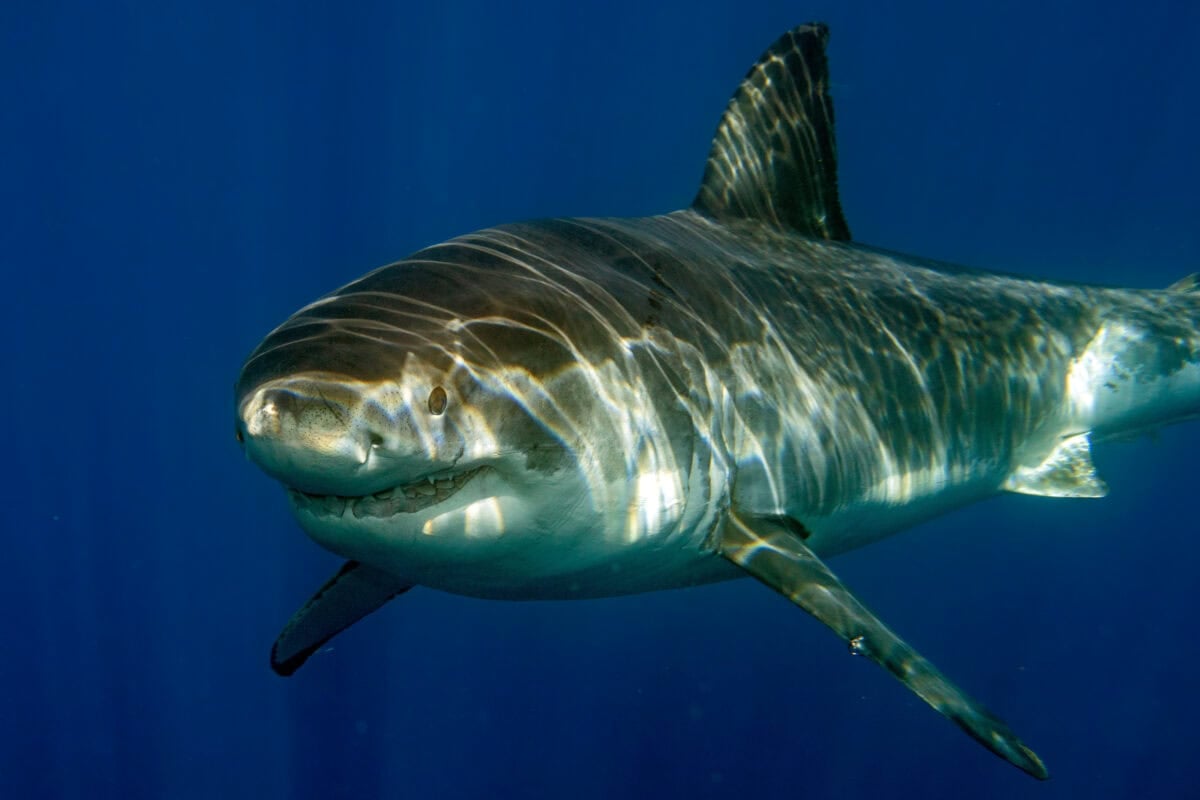The vast oceans of our planet are home to myriad wonders. Among these is the formidable great white shark, a creature that captures human imagination with its sheer power and mystique. Yet, while these apex predators roam many seas, they are notably absent from certain waters: the Gulf of Mexico. Understanding why great white sharks avoid this area involves delving into a complex interplay of environmental factors and the sharks’ biological needs.
Introduction to Great White Sharks

Great white sharks, scientifically known as *Carcharodon carcharias*, are among the top predators in the ocean. They are renowned for their size, with some individuals growing over 20 feet long, and their ability to travel long distances. These sharks are found in temperate and tropical coastal waters worldwide but seem curiously absent from specific seas.
The Geographic Range of Great White Sharks

Great white sharks have a wide geographic range, inhabiting coastal waters and open oceans from South Africa to Australia and California to the Mediterranean. They are typically found in waters that range in temperature from 12 to 24 degrees Celsius (about 54 to 75 degrees Fahrenheit), preferring cooler environments that align with their physiological needs.
The Gulf of Mexico: A Unique Environment

The Gulf of Mexico is a vast ocean basin characterized by its warm, shallow waters, rich biodiversity, and distinct climatic conditions. It supports a variety of marine life, including several species of sharks. However, its warm temperatures and semi-enclosed nature create a unique environment that does not meet the habitat requirements of the great white shark.
Temperature Preferences of Great White Sharks

A key factor keeping great white sharks away from the Gulf of Mexico is water temperature. These sharks are adapted to thrive in cooler waters and often migrate to follow temperature patterns. The Gulf’s warm surface waters typically exceed the preferred range of great white sharks, making it an unsuitable environment for these creatures.
Salinity and Water Depth

Beyond temperature, the salinity and depth of water also play crucial roles in habitat preference for marine life. The Gulf of Mexico features a mix of freshwater inflows from rivers and varying salinity levels, which might not be conducive to great white shark habitation. Additionally, the shallow nature of much of the Gulf is less ideal for these deep-diving predators.
Prey Availability

Great white sharks are opportunistic predators that rely on abundant prey such as seals, sea lions, and large fish species. While the Gulf of Mexico hosts a diversity of marine life, it lacks the types and abundance of prey that typically attract great white sharks. As a result, these sharks tend to roam waters richer in the prey they favor.
Migratory Patterns of Great White Sharks

Great white sharks are known for their extensive migratory habits, often traveling thousands of miles across oceans. These migrations are influenced by a combination of factors including temperature, reproduction, and prey availability. The pathways favored by great white sharks often bypass areas like the Gulf of Mexico, further explaining their absence.
Reproductive Needs

Reproduction for great white sharks involves traveling to specific regions that offer the optimal environmental conditions for breeding and raising young. The Gulf of Mexico, with its distinct environmental features and lack of historical breeding grounds, does not provide the conditions needed for these activities, leading sharks to seek other locales.
Historical Presence and Records

Historically, there have been scarce reports or records of great white sharks entering the Gulf of Mexico. Any instances generally involve either juvenile sharks or those in transit rather than a resident population. This absence in historical records reinforces the understanding of the Gulf as an unsuitable habitat for them.
Current Studies and Observations

Researchers continue to monitor oceanic conditions and shark populations through tracking and observational studies. While other shark species are common in the Gulf, current studies consistently corroborate the notion that great white sharks are not regular visitors, attributed mainly to the Gulf’s environmental conditions.
Climate Change and Potential Changes

With ongoing changes in global climate patterns, marine environments are evolving. As warmer waters expand, scientists are considering whether great white sharks will adjust their ranges. However, significant shifts in temperature and salinity in the Gulf would be necessary to potentially attract these sharks in the future.
Conclusion: The Gulf’s Unsuitability for Great White Sharks

In conclusion, the absence of great white sharks in the Gulf of Mexico is primarily due to a combination of environmental factors that do not meet their habitat needs. The Gulf’s warm temperatures, shallow depth, and lack of preferred prey create an inhospitable environment for these adept predators. While our understanding of marine ecosystems continues to grow, the current consensus is that the Gulf simply does not offer the conditions that support the life cycle and survival of great white sharks.
- How Sloths Help Support Mini-Ecosystems in Their Fur - August 9, 2025
- Eagles vs. Snakes: Who Would Win? - August 9, 2025
- Why Pandas Were Once Nearly Extinct—and How China Saved Them - August 9, 2025

